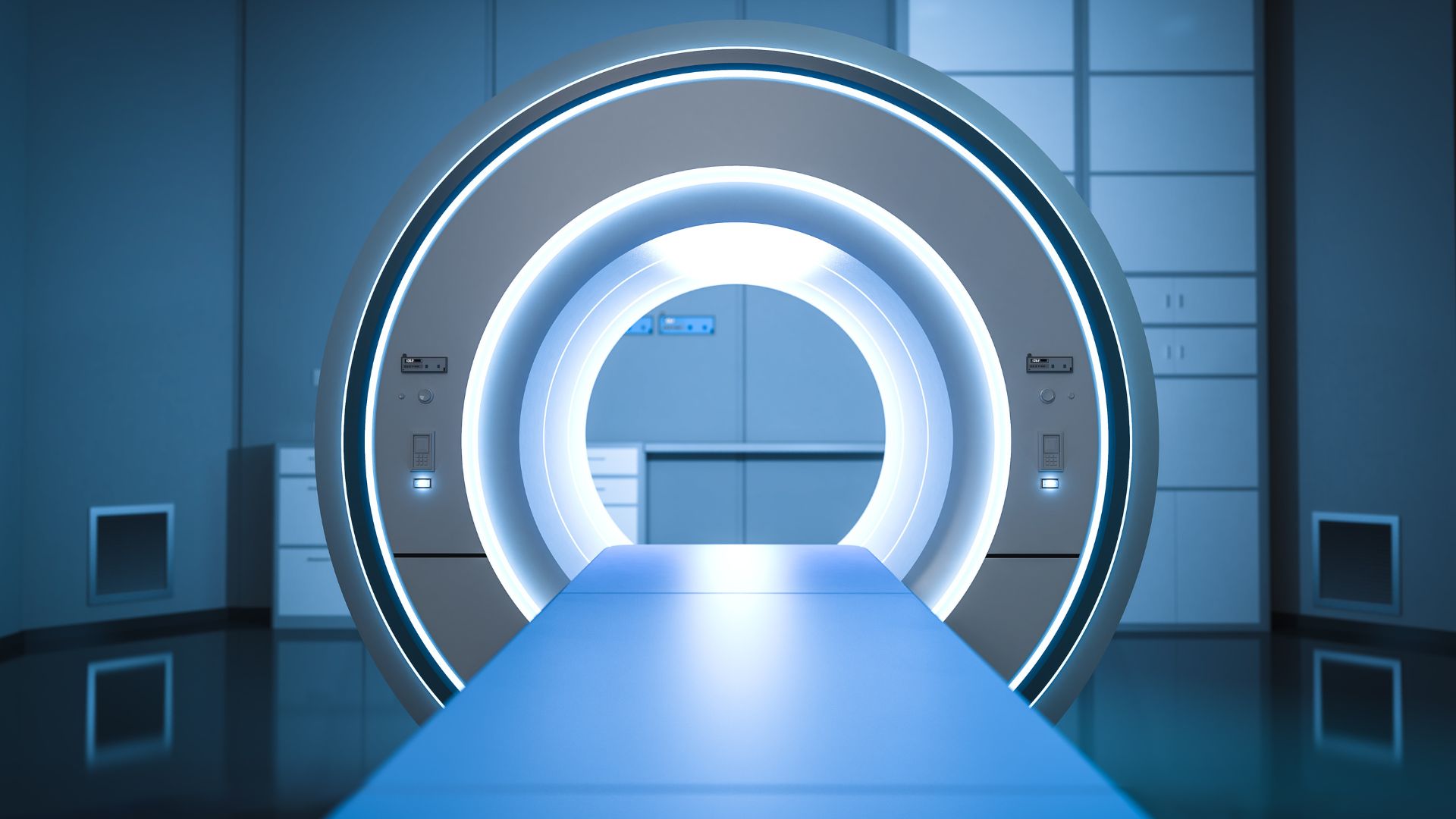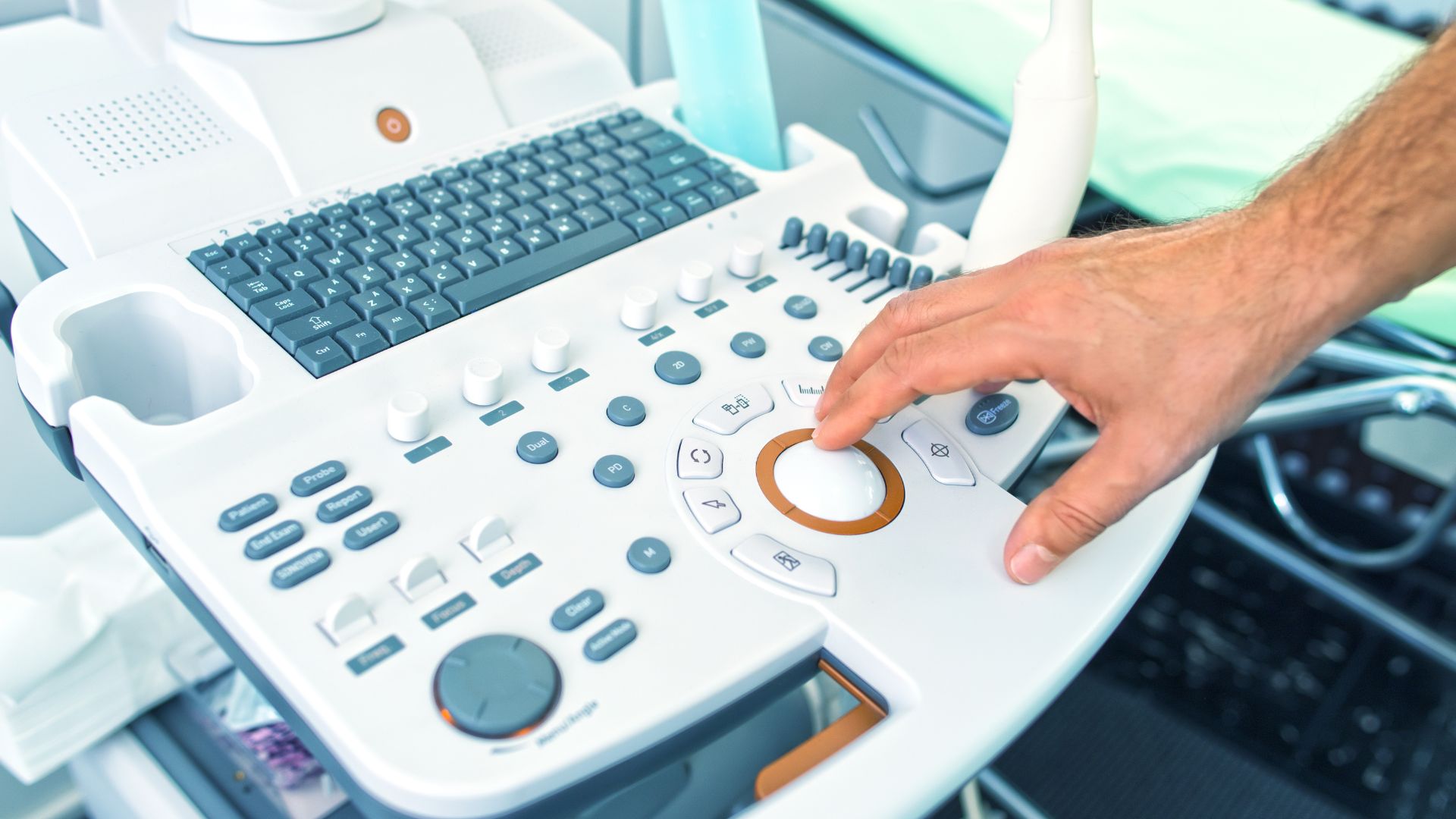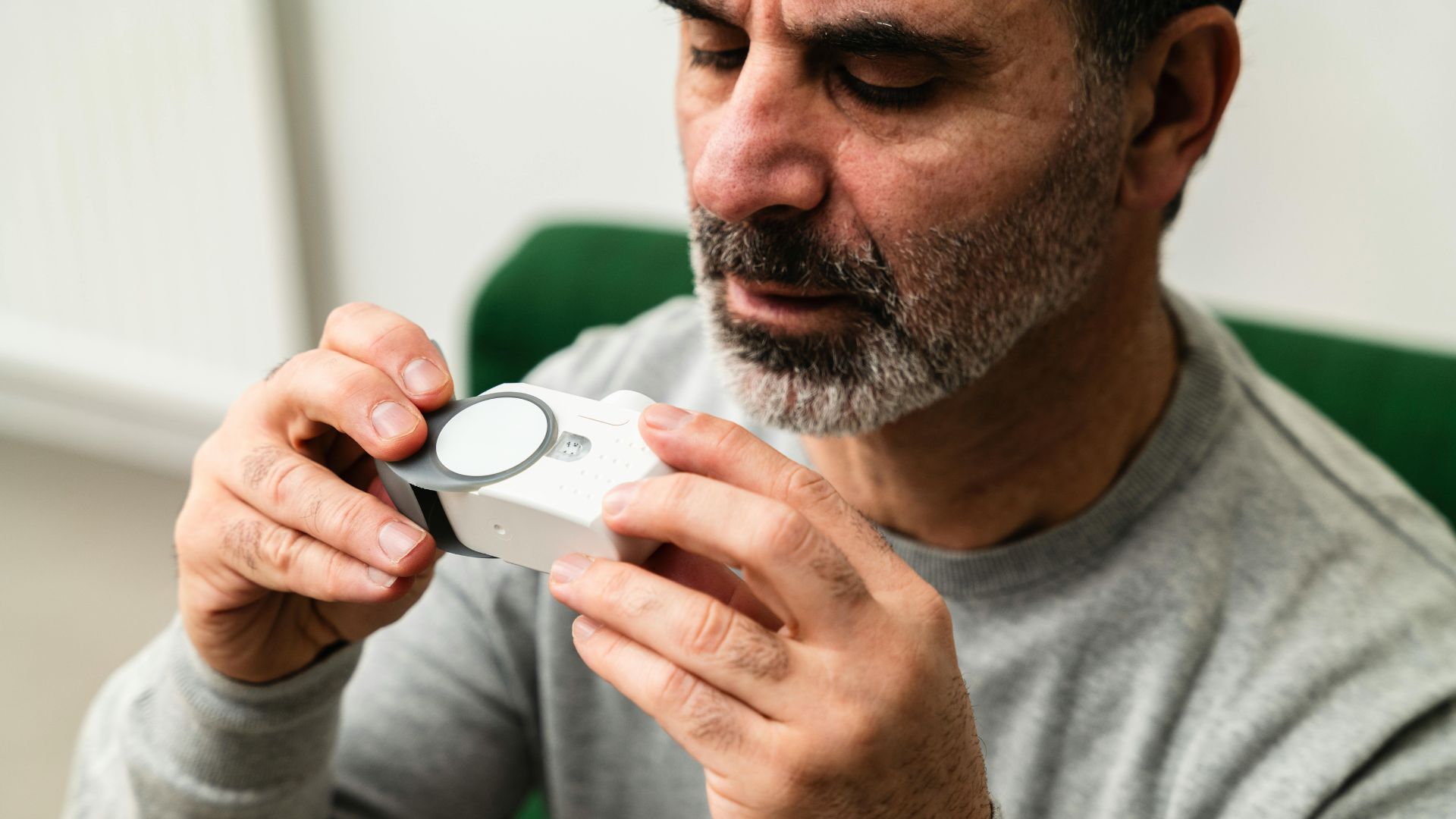The European Database on Medical Devices, or EUDAMED, is a cornerstone initiative under Regulation (EU) 2017/745 (MDR) and Regulation (EU) 2017/746 (IVDR), designed to centralize and streamline access to information about medical devices available on the European market. EUDAMED is not just an IT system—it is the digital infrastructure intended to underpin the EU’s strategy of strengthening oversight, harmonizing market access, and fostering public and professional confidence in the safety and performance of medical devices.
Once fully operational, EUDAMED will serve as the central registry for device identification, manufacturer and economic operator information, certification data, clinical investigations, vigilance reports, and postmarket surveillance outcomes. This guide provides a comprehensive look at EUDAMED’s structure, functions, implementation timeline, and implications for manufacturers and stakeholders.
1. What Is EUDAMED and Why Does It Matter?
EUDAMED is a secure, web-based platform developed by the European Commission to provide a centralized repository for regulatory data on medical devices and in vitro diagnostic devices. The system is designed to enhance transparency, facilitate market surveillance, and foster collaboration between national competent authorities, Notified Bodies, the European Commission, manufacturers, and the public.
Unlike its predecessor under the Medical Device Directive (MDD), the new EUDAMED under the MDR/IVDR is broader in scope, more comprehensive in content, and publicly accessible in key areas. It is intended to provide a single source of truth across the device lifecycle—from premarket submission to postmarket follow-up.
Legal Basis and Scope
EUDAMED is mandated by Articles 33 to 39 of the EU Medical Device Regulation (MDR) and Articles 30 to 36 of the In Vitro Diagnostic Regulation (IVDR). To fulfill its role as the central registry for regulatory compliance, EUDAMED is designed to include six interconnected electronic modules. Each module plays a distinct role in tracking regulatory and operational data across the entire lifecycle of a medical device.
The first module, Actor Registration, enables the registration of manufacturers, authorized representatives, importers, and clinical investigation sponsors. Through this module, each economic operator is assigned a Single Registration Number (SRN), which becomes essential for any regulatory action taken under the MDR or IVDR.
The second module, UDI/Device Registration, is where manufacturers register their devices along with their Unique Device Identifiers (UDIs). This system ensures that each medical device version on the market is distinctly traceable through standardized identification codes.
The third module focuses on Notified Bodies and the certificates they issue. It houses CE certificates, scope statements, amendments, and withdrawals, giving stakeholders visibility into device conformity status and helping prevent fraud.
The fourth module handles Clinical Investigations and Performance Studies. It is used to submit applications, track status updates, and report serious adverse events or device deficiencies arising from clinical or performance data.
The fifth module relates to Vigilance and Postmarket Surveillance. Through this channel, manufacturers and authorized representatives report serious incidents, field safety corrective actions, periodic safety reports, and trend analyses, enhancing early signal detection and continuous risk-benefit evaluation.
The sixth and final module supports Market Surveillance. It facilitates the sharing of information between competent authorities regarding inspection outcomes, non-compliance actions, and cross-border coordination.
Together, these modules form a fully integrated digital environment that supports premarket authorization, real-world performance monitoring, and regulatory enforcement in a single interoperable platform.
Actor Registration and the SRN
The first module—Actor Registration—is already functional. It enables economic operators to register their organization and obtain a Single Registration Number (SRN). This number is required for any further activity within the EUDAMED ecosystem.
To obtain an SRN, manufacturers must submit identification data, proof of legal establishment, and validation documentation through their national competent authority. The SRN is then used on declarations of conformity, certificates, and registration dossiers.
Authorized Representatives (EC REPs) and Importers must also register, ensuring that regulatory accountability is transparent and traceable across the supply chain.
UDI and Device Registration
Device registration is one of the most critical modules for manufacturers. Each device placed on the EU market must be registered in EUDAMED along with its Unique Device Identifier (UDI), as defined by Annex VI of the MDR. This includes the Basic UDI-DI (device group identifier) and the UDI-DI (specific device version identifier).
The device registration must include:
- Trade name and model
- Risk classification
- Intended purpose
- Notified Body certificate details (if applicable)
- Manufacturer and economic operator information
The UDI system facilitates traceability, field safety corrections, recalls, and postmarket analysis. Once the module is mandatory, device registration in EUDAMED will be a prerequisite for CE marking and market access.
Certificates and Notified Body Data
This module is designed to ensure transparency around CE certificates issued under MDR and IVDR. Notified Bodies must upload:
- Conformity assessment certificates
- Scope of certification
- Withdrawals or refusals
- Supplementary or amendment decisions
Manufacturers should ensure that Notified Bodies are properly inputting certificate data and that it matches the information contained in declarations of conformity and device registrations.
EUDAMED will enable regulators and other stakeholders to quickly verify the certification status of devices, helping reduce the risk of counterfeit or falsely certified products on the market.
Clinical Investigations and Performance Studies
For devices requiring premarket clinical investigation or postmarket follow-up, EUDAMED will house all relevant study data. Sponsors must submit clinical investigation applications, amendments, and serious adverse event reports via the portal. Study status updates and final results will also be submitted and may be accessible to Notified Bodies and Competent Authorities.
This module contributes to MDR’s emphasis on lifecycle clinical evaluation by providing centralized visibility into the safety and performance of devices across large populations and timeframes.
Vigilance and Postmarket Surveillance Reporting
One of the most impactful components of EUDAMED is its role in capturing and analyzing postmarket incident data. Manufacturers and authorized representatives are required to submit:
- Serious incident reports (Article 87)
- Field Safety Corrective Actions (FSCAs)
- Periodic Summary Reports
- Trend reports (Article 88)
The system allows Competent Authorities and the public to observe safety signals and trends more rapidly than under previous frameworks. EUDAMED serves not only as a regulatory reporting tool, but also as a repository of real-world evidence supporting ongoing clinical evaluations.
Market Surveillance and Enforcement
The final module will facilitate real-time information exchange between national Competent Authorities. This will include information about noncompliant products, enforcement measures taken, inspections, and cooperation outcomes between Member States. This inter-authority visibility will strengthen market oversight and help eliminate regulatory arbitrage.
Public Access and Stakeholder Transparency
One of the most notable changes under MDR is that EUDAMED will include public-facing interfaces. The public will be able to search for devices, view summaries of safety and clinical performance (SSCP), and confirm manufacturer registration and certification status.
This level of transparency is expected to empower patients, healthcare providers, and procurement bodies with more reliable data when choosing medical technologies. It also incentivizes manufacturers to uphold higher standards of documentation, performance, and postmarket vigilance.
Implementation Timelines and Manufacturer Obligations
As of now, only the Actor Registration module is mandatory. The European Commission has stated that full functionality of all six modules will trigger a transition period of 6 months, after which EUDAMED use will become mandatory for all economic operators.
Manufacturers must:
- Secure their SRN
- Begin preparing device UDI registration data
- Align internal systems with EUDAMED data fields
- Train staff responsible for clinical, regulatory, and vigilance submissions
Preparing for a Centralized EU Device Ecosystem
EUDAMED represents a paradigm shift in EU medical device oversight. It consolidates disparate regulatory information into a centralized, interoperable platform that promises greater safety, improved enforcement, and unprecedented transparency. For manufacturers, readiness means more than technical access—it requires alignment of internal QMS processes, master data governance, and stakeholder education.
Although not all modules are yet mandatory, the trajectory is clear: full operational compliance with EUDAMED will be a prerequisite for maintaining EU market presence. Companies that build capacity now—by structuring data, auditing documentation, and training teams—will not only ensure compliance, but gain strategic advantages in regulatory agility and public trust.








